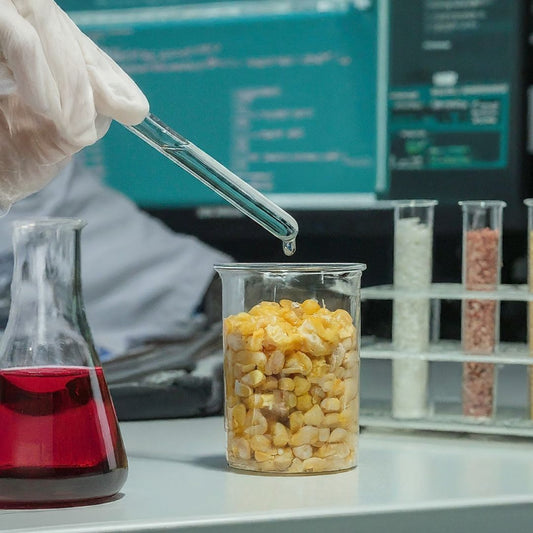Possible Signs of Ancient Microbial Life on Mars
Share
For decades, the question of whether life ever existed on Mars has fascinated scientists and the public alike. Now, new findings from NASA’s Perseverance rover have reignited that debate, hinting at the possibility that Mars once harbored microbial life billions of years ago.
🔭 What Did Perseverance Discover?
The rover, currently exploring the Neretva Vallis region that once fed into Jezero Crater, has uncovered unusual rock formations and mineral deposits in the Bright Angel outcrop. Among the most intriguing observations:
Nodules in rocks, which resemble features found on Earth in microbial-rich environments.
Presence of minerals such as vivianite and greigite, which often form through interactions with organic material.
Distinctive chemical signatures that may point to biologically influenced processes.
While these do not confirm life, they represent potential biosignatures — markers that, on Earth, are strongly associated with microbial activity.
🌍 Why This Is Significant
On Earth, similar nodules and mineral deposits are often the byproducts of microbial metabolism in ancient sediments. If Mars shows parallel features, it strengthens the case that its environment may once have been suitable for life.
Key implications:
Suggests that water-rich environments on Mars were more chemically diverse than previously believed.
Raises the possibility that microbial ecosystems existed in ancient Martian rivers and lakes.
Supports the idea that Mars was not just habitable but possibly inhabited during its wetter past.
🧪 The Next Steps: Proving Life Once Existed
NASA scientists emphasize caution: these findings are not direct proof of life. To confirm, several steps are necessary:
1. Sample Return Missions – Perseverance is caching rock samples that future missions aim to return to Earth for advanced laboratory analysis.
2. Organic Molecule Detection – Further study is needed to identify complex organic molecules within the rocks.
3. Comparative Analysis – Scientists will compare Martian mineralogy with Earth analogs where microbial activity is confirmed.
🚀 Broader Context: Why Mars Matters
Mars is the most Earth-like planet in our solar system, and finding evidence of ancient life there would be revolutionary:
It would prove that life is not unique to Earth, fundamentally reshaping our understanding of biology.
It would expand the search for life to icy moons like Europa and Enceladus, where similar conditions may exist.
It would help answer one of humanity’s biggest questions: Are we alone in the universe?
🌌 Final Thoughts
The discovery of unusual compounds and mineral signatures by Perseverance does not prove life once thrived on Mars — but it adds a compelling piece to the puzzle. Each rock, each sample, and each observation brings us closer to solving the age-old mystery of whether Mars was once home to tiny, resilient forms of life.
As NASA prepares for future sample return missions, the excitement grows: the answers to whether Mars once hosted microbial life may be sitting in rocks already drilled and stored by Perseverance, waiting to come home.





